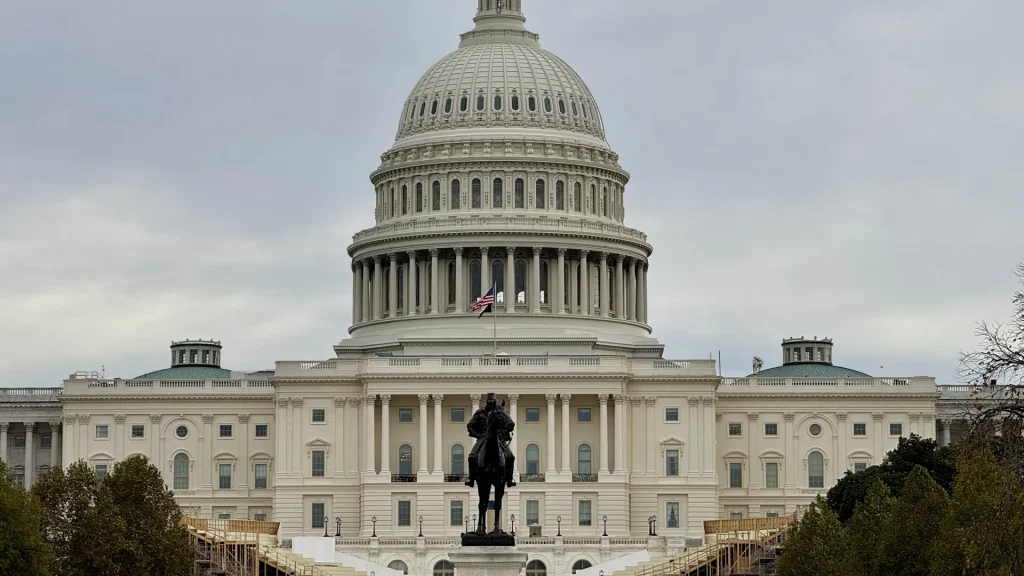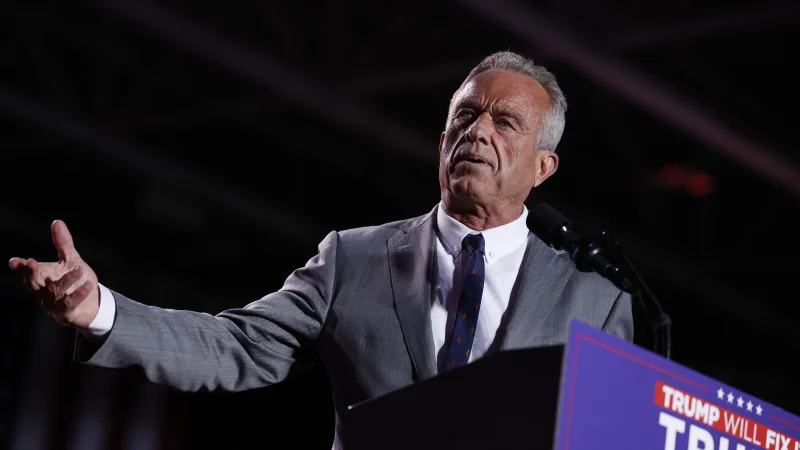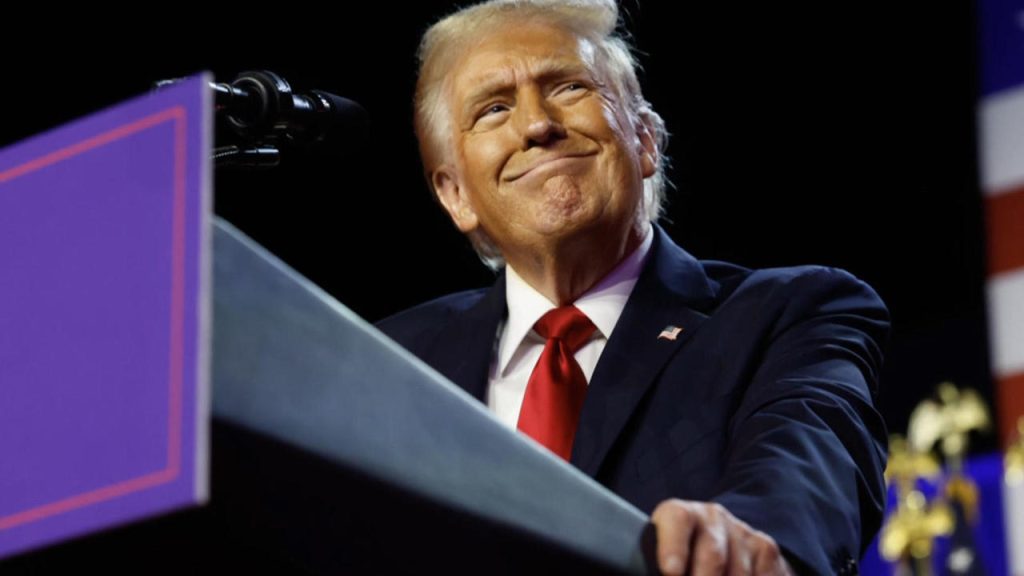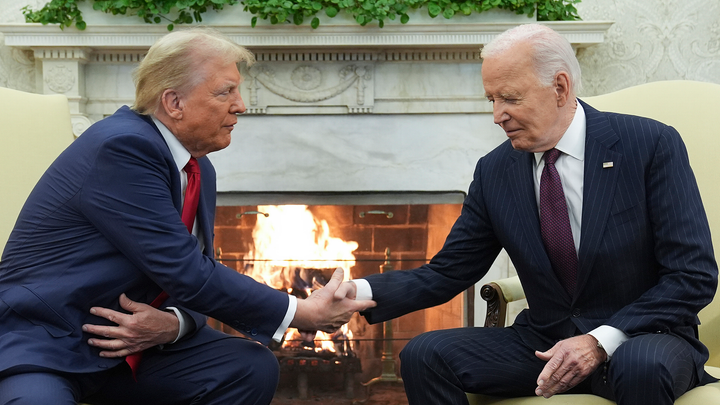Trump’s Recess Appointments: A Power Play Amid Senate Gridlock
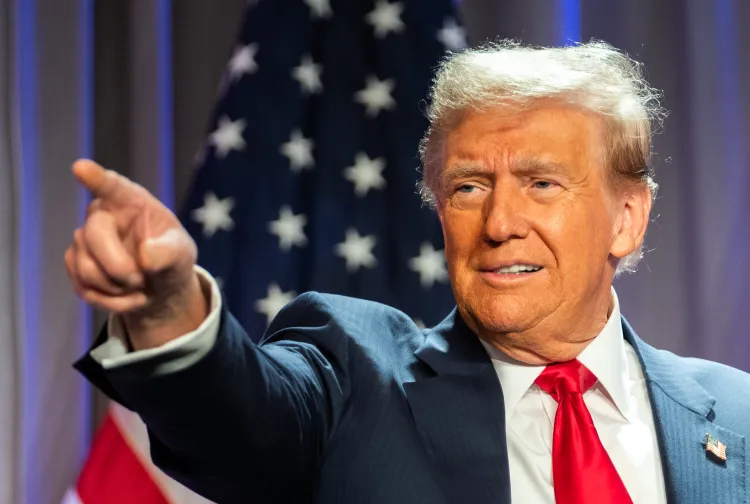
Former President Donald Trump has once again stirred up controversy with his use of recess appointments, a move that is sending shockwaves through the Senate and raising questions about the limits of executive power.
This strategy, which allows a president to bypass Senate confirmation of certain appointments when the Senate is in recess, has become a focal point of debate as Trump seeks to shape his administration with less interference from Congress.
Recess appointments are a tool that the Constitution provides to the president, allowing him to make temporary appointments to high-ranking positions when the Senate is not in session.
While these appointments are temporary—lasting until the end of the next session of Congress—they have been used by past presidents to quickly fill positions without waiting for the lengthy confirmation process.
However, the practice has become increasingly contentious, especially under the Trump administration, where the Senate has been reluctant to confirm many of his nominees.
In this case, Trump’s decision to make several high-profile recess appointments has raised alarms, particularly among Senate Democrats and legal scholars. Critics argue that Trump is taking advantage of a procedural loophole to circumvent the Senate’s power of advice and consent.
According to constitutional experts, recess appointments are supposed to be used only when the Senate is truly unavailable to provide advice and consent, not as a strategy to bypass partisan gridlock.
However, Trump’s legal team argues that the appointments are within his constitutional authority and that the Senate’s prolonged recess offers him a valid reason to act unilaterally.
The issue at hand centers on whether the Senate is, in fact, in “recess” and whether Trump’s actions comply with the spirit of the law. Some scholars have argued that the Senate’s brief adjournments, including breaks between legislative sessions, should not qualify as a full recess.
Senate Republicans, for their part, have supported Trump’s use of this power, arguing that it allows the president to carry out essential functions of government without waiting for a Senate confirmation process that has been slow and contentious.
One of the most controversial aspects of the recess appointments has been the selection of individuals who have faced significant opposition in the Senate.
Trump’s decision to use this power to appoint cabinet members and other key officials, such as judges, without waiting for Senate approval has raised concerns about the balance of power between the executive and legislative branches.
Opponents argue that this practice undermines the Senate’s constitutional role in confirming presidential appointments and could lead to the installation of unqualified or politically controversial figures in key positions of power.
In particular, the appointment of individuals with no prior public service experience or with records of controversial views has drawn ire from Democrats and some Republicans.
Critics have argued that such appointments are often made for political reasons, with Trump seeking to fill positions with individuals loyal to him rather than those best suited to lead important government agencies.
This concern has been amplified by the fact that recess appointments do not require confirmation hearings, which means that the public and the Senate have little ability to scrutinize the qualifications of the nominees.
However, Trump’s allies argue that the strategy is a necessary response to the Senate’s obstructionism. With many of his nominees facing opposition or delays in confirmation, the president has used the recess appointment power as a way to ensure that his administration can continue to function effectively.
By making these appointments during the Senate’s breaks, Trump can sidestep what he and his supporters view as an overly partisan confirmation process.
This power struggle between the executive and legislative branches is not new. Recess appointments have been a point of contention for decades, and every president has used the power in one form or another.
President Barack Obama famously used recess appointments during his time in office, which led to a landmark Supreme Court case, NLRB v. Noel Canning, in 2014.
The court ruled that the president could make recess appointments, but only during a true recess, not during short breaks or pro forma sessions designed to prevent recess appointments.
This ruling significantly limited the scope of recess appointments and put greater pressure on the president to respect the Senate’s role in confirming appointments.
With Trump now using recess appointments more aggressively, the legal and political battles are expected to continue. Senate Democrats, in particular, are likely to mount legal challenges to these appointments, arguing that they violate the intent of the Constitution and the separation of powers.
The question of whether Trump’s appointments will stand is likely to be tested in court, and the outcome could have lasting implications for future presidencies.
For now, the debate over recess appointments highlights the ongoing tension between the president and Congress. As long as partisan gridlock continues to plague the Senate, it is likely that the use of recess appointments will remain a significant issue in American politics.
With Trump’s aggressive use of executive power, the dynamics of the Senate confirmation process and the balance of power between the branches of government could continue to evolve in ways that challenge traditional norms and expectations.


